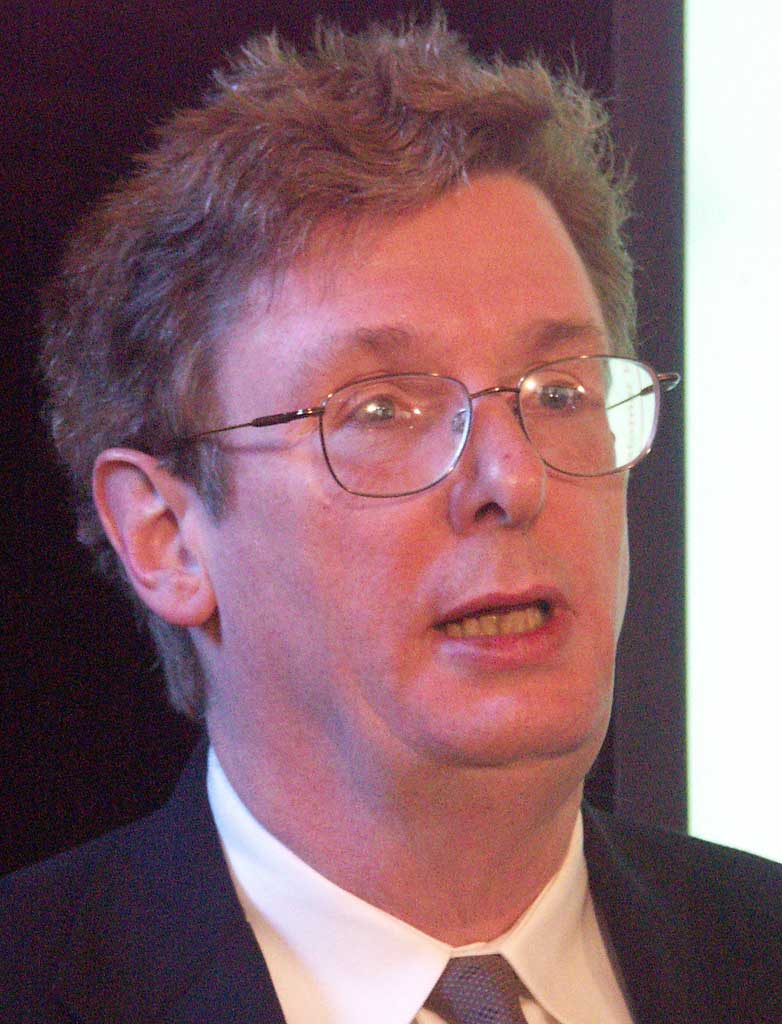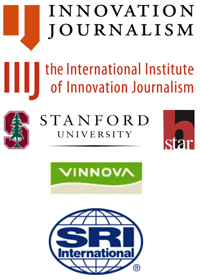
Passion is a great driving force for new ideas and inventions. But sometimes you can get even further when being forced to become productive. That is certainly true for Dr. Curtis R. Carlson, President and CEO of SRI International. SRI is one of Silicon Valley’s most successful centres of technological innovation, having created the computer mouse, the modern PC interface, robotic surgery, high-definition television, electronic banking, and a host of other world-changing innovations.
Curtis R. Carlson started the high-definition television program that produced the US standard, and has been involved in the founding of more than 12 companies in various industries ranging from pharmaceuticals to internet services. However, his greatest invention is not a patentable, fabricated item like the conventional company innovation. It is the way SRI innovates.
“The way we work is the most important innovation,” says Curtis R. Carlson.
The great turning point for Dr. Carlson was when the laboratory of the Radio Cooperation of America (RCA) was sold to SRI International. At the time, Dr. Carlson was a middle level technical manager at RCA, spending $10’s of millions on research every year. Now, suddenly, he was asked to not only manage technical teams, but also to deliver something of real customer value and, as a result, to earn money for SRI.
“My team and I woke up and realized that we did not have a clue how to innovate,” says Dr. Carlson. “We had to learn how to do it out of desperation.”
Urgently, he called for a group gathering every second Monday night. Over some pizzas and Cokes they discussed innovation and Dr. Carlson asked everybody, including himself, to present the value proposition they were working on for their proposed innovation.
The group took about 18 months to understand the keys to innovation and become successful. One key turned out to be quite direct and certainly neither as mysterious nor as complicated as many people often believe. A starting point to success is to analyse and develop your value proposition, or as Dr. Carlson says, your NABC: the customers Need, your Approach, the Benefit/cost for the customer, and the rivals or alternatives you are Competing against.
“These four, deceptively simple, items must be answered for every initiative,” he explains. “The reason they are hard to get right is that in the beginning you don’t know enough about your customer’s needs, you haven’t built the best approach to addressing it with the best ideas and partners, and you don’t understand your competition. Getting all four parts of your NABC answered properly takes considerable work and many, many iterations. The simple NABC framework gave us a common innovation language and assured that we efficiently got the answers required. Most people don’t do that.”
“Our experience in our Monday night meetings proved to me that innovation could be studied and learned, it could be shared; and it could be continuously improved,” says Dr. Carlson. “I saw how powerful it could be once understood and how frustrating it was if you did not do that.”
Today creating successful innovations and teaching innovation are passions for Dr. Carlson, both on a professional level as well as on a personal level.
“I have seen it change people’s lives,” says Curtis R. Carlson. “I have seen their dreams come true. And once you see that happen, you never want to work any other way again.”
Wednesday, March 5, 2008
"Innovation Can Be Learned"
Subscribe to:
Post Comments (Atom)


No comments:
Post a Comment